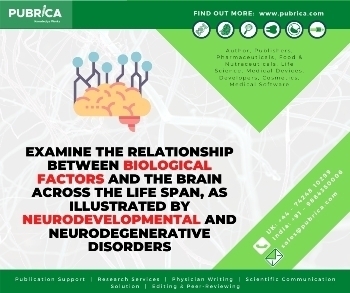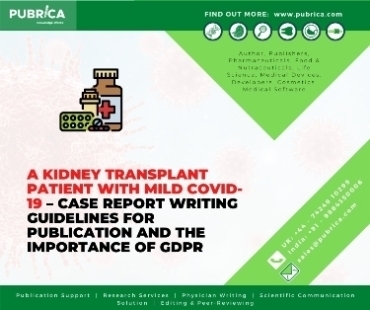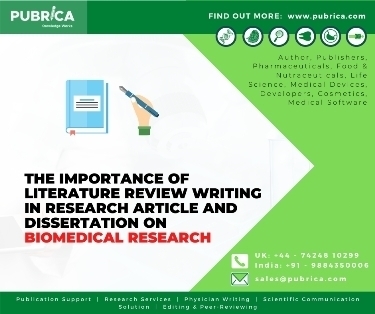
Parallel Construction
October 31, 2018
phrasing it Right
October 31, 2018Deriving Sense from your Tense
The tenses ‘past, present and future’, might sound very easy but making sense out of tense in writing can prove to be a challenge. Can you blend all three tenses within a written text while ensuring that the reader is not confused? What are the subtle variations between ‘simple’ and ‘perfect tense’? This article intends to shed light on how to effectively use tenses without giving rise to ambiguity or confusion.
Let us first brush up on tenses with its definitions.
Within English language, there is the so-called ‘simple’ and ‘perfect’ tenses in the past, present as well as the future. A simple tense would simply communicate an action in the time it is being narrated. For instance;
Past (simple) tense: Rachel ran to the car.
Present (simple) tense: Rachel runs to the car.
Future (simple) tense: Rachel will run to the car.
The perfect tense on the other hand uses diverse types of auxiliary verb ‘has’ in addition to the main verb to indicate actions that have already occurred or will / might still occur. The same example as above is used to present each tense in its perfect form.
Past perfect: Rachel had run to the car.
Present perfect: Rachel has run to the car.
Future perfect: Rachel will have to run to the car.
In the above example pertaining to past perfect, Rachel’s run is an event that had occurred earlier in a narrative past.
Rachel had run to the car several times uneventfully so she wasn’t at all prepared for what she saw that morning.
It is possible to use future perfect tense to indicate that Rachel’s plans will not make an impact on another event that could occur even further in the future. For instance;
Rachel will have to run to the car before it starts raining so that we can get the groceries inside the house.
You can also phrase it as ‘Rachel will be back from the car before it starts raining so our groceries would be safely inside the house’. This is a convenient option with the use of future tense with the infinitive ‘to be’.
Some tips on how to use tenses when writing a book.
Tip #1: Decide which tense would work best for your book
The use of simple past tense and third person account is used in a large number of books.
‘She ran to the car with amazing speed, but the sight that met her was gory’.
At the time of writing your book or a scene within a book, it would be wise to ponder about the advantages of every tense. The present tense, for instance has the benefit of;
- Immediacy: The action occurs in the same narrative moment as it is experienced by the reader: (Every action occurs now, there is no temporal distance)
- Simplicity: It cannot be denied that it is comparatively easy to write ‘She ran to the car with amazing speed’ then to manipulate all kinds of remote times with the use of auxiliary verbs.
This is not all that is there to tenses. Be patient and wait for the next article to know more about tenses and its finer intricacies.



